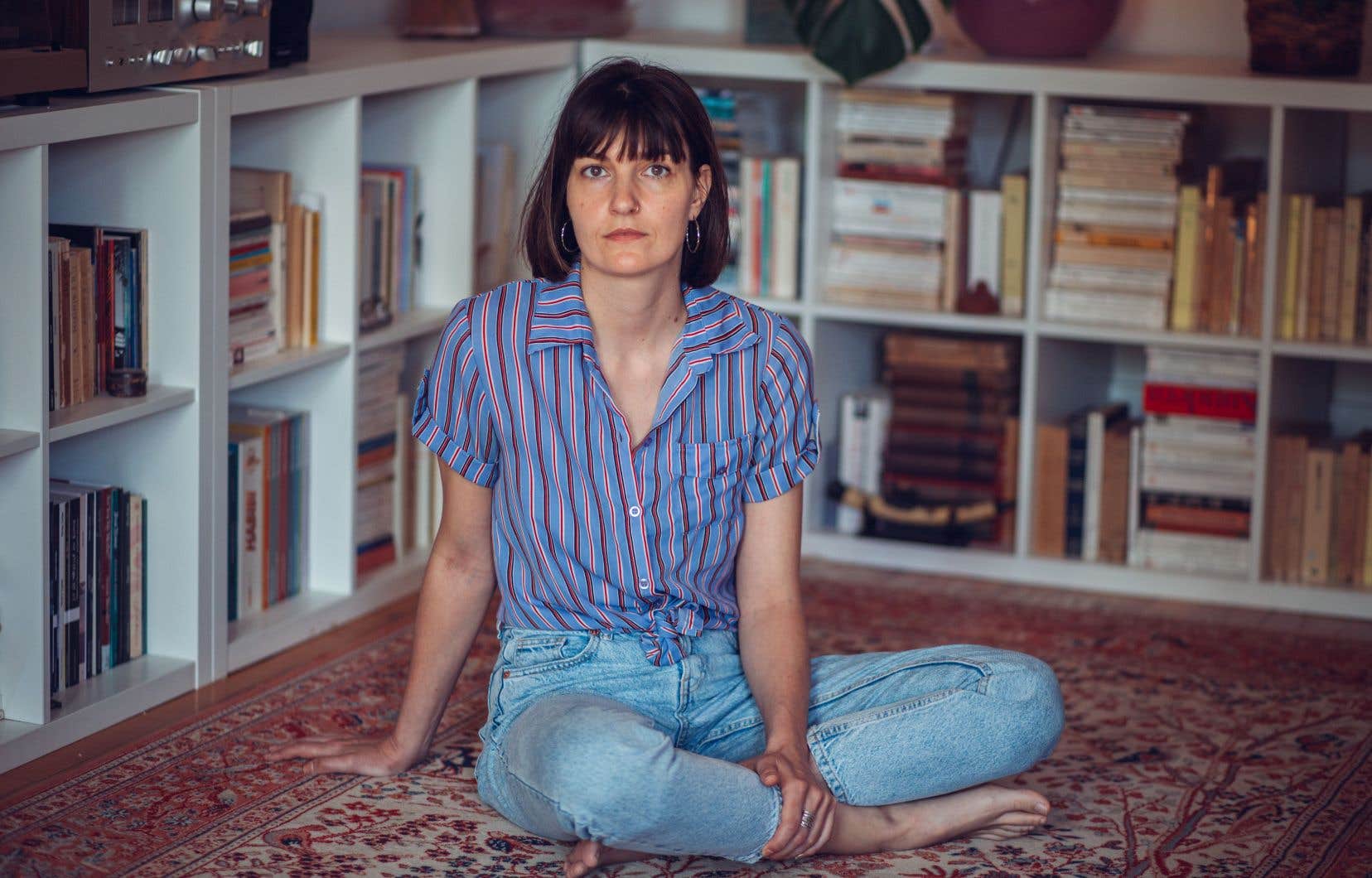Soline Asselin started traveling alone at a very young age. She was 21 when, with a backpack on her back, she went to Korea for the first time, dreaming of starting an existence there worthy of a novel. Subsequently, she set out to explore the roads of the United States, Scotland, Cyprus, Laos and the West Bank.
Each time, she was surprised by the reactions her departure provoked. “My friends, relatives or people I met on the road were absolutely intrigued, afraid for me or told me I was lucky. Finally, it left no one indifferent. The way they looked at me made me think about what it means to travel alone, and what allows us to do it today. Then I realized it was because other women had done it before me. »
The first-time novelist, who is also co-founder of the Filministes festival, therefore turned to the archives to delve into the journeys of women who set out on adventures throughout the ages, paving the way for future generations.
From this research was born the project of a book, which was initially to focus exclusively on female travelers and would take the form of a “feminist history of adventure. » “I quickly realized that what I was writing was too cold, too historical. To pay homage to these women, a form was needed that lived up to their stories, which are themselves romantic. So I added a fictional narrative. »
A book like a road
Journey to a rocket tells the story of a woman who leaves Montreal to realize a childhood dream, which she shared with her deceased father: to witness a rocket takeoff. Alone at the wheel of her car, she travels the roads of America, experiencing solitude, fear, discouragement, regret, the discovery of real and inner territories.
At every turn, while most of the time she thinks about turning around, she is pushed forward, encouraged by the murmurs of the women in her family — those who have been condemned to immobility — as well as by the writings of the adventurers who preceded her.
In a journey that is both geographical and literary, the narrator measures her thoughts and her journey against those of dozens of travelers, from Jeanne Barret, the first woman to circumnavigate the world, to Valentina Tereshkova, the first cosmonaut to fly to the space, including Ada Blackjack, Arctic survivor, Vasilisa Komarova, crossing the Americas on a motorcycle, and even Krystyna Skarbek, secret agent for the Churchill government.
“I wanted my narration itself to take the form of a road, through which there would be detours, bifurcations, points of view which lead the reader to escape the linearity of the Montreal-Florida travel story, and to follow the thread of the narrator’s thoughts, with all the digressions that this entails. »
Tribute to secondary characters
With this first book on the border of essay and autofiction, Soline Asselin wanted to give space to adventurers often relegated to second place by a story based on patriarchy and censorship. She also turned to the women in her family — her mother, her grandmother and her great-grandmother — to those who, like Penelope, Ulysses’ wife, were condemned to wait, deprived of agency, while their men went on adventures or even abroad to work.
“I was interested in two forms of filiation; a more biological filiation with the women of my family, who do not leave and wait, and a filiation which, as the philosopher Françoise Collin says, creates symbolic genealogies, through travel for example. My goal was to ensure that all these people meet, interact and that we can see the links that exist between them without them knowing it. »
The writer, through the voice of her narrator, also constantly questions the coherence of her departure; doubts that reflect those that accompanied his writing process. Thus, throughout her story, she raises without ever completely resolving the tension that rumbles between travel, colonialism and privilege. “I would have liked to absolve the trip of its criticisms, to map inspiring stories, but I was unable to evict the questions of territories, of nationalism, I was unable to ignore the social and environmental impacts of travel,” writes- She.
It was ultimately a short text by Donna Haraway, in which she wrote that it is necessary, for every thinking person, to “stay with the trouble”, which got the project back in motion. “We must not erase the truth to offer a smooth and perfect story. I like to show the rough edges, the flaws of my own journey and my own thinking, and it is normal to demonstrate that these other women also had to deal with contradictions,” underlines the author.
Soline Asselin also talks about the violence, discrimination and fears faced by those who travel alone. “The women are followed by a kind of constant buzzing which makes them on the lookout for danger. I have the impression that we often don’t leave because we hear all these horror stories, which end up paralyzing us. I could not avoid this violence. At the same time, travel can also be a form of combat, a way of adding fuel to the fire and fighting fear with fear. It is a source of great beauty. »
